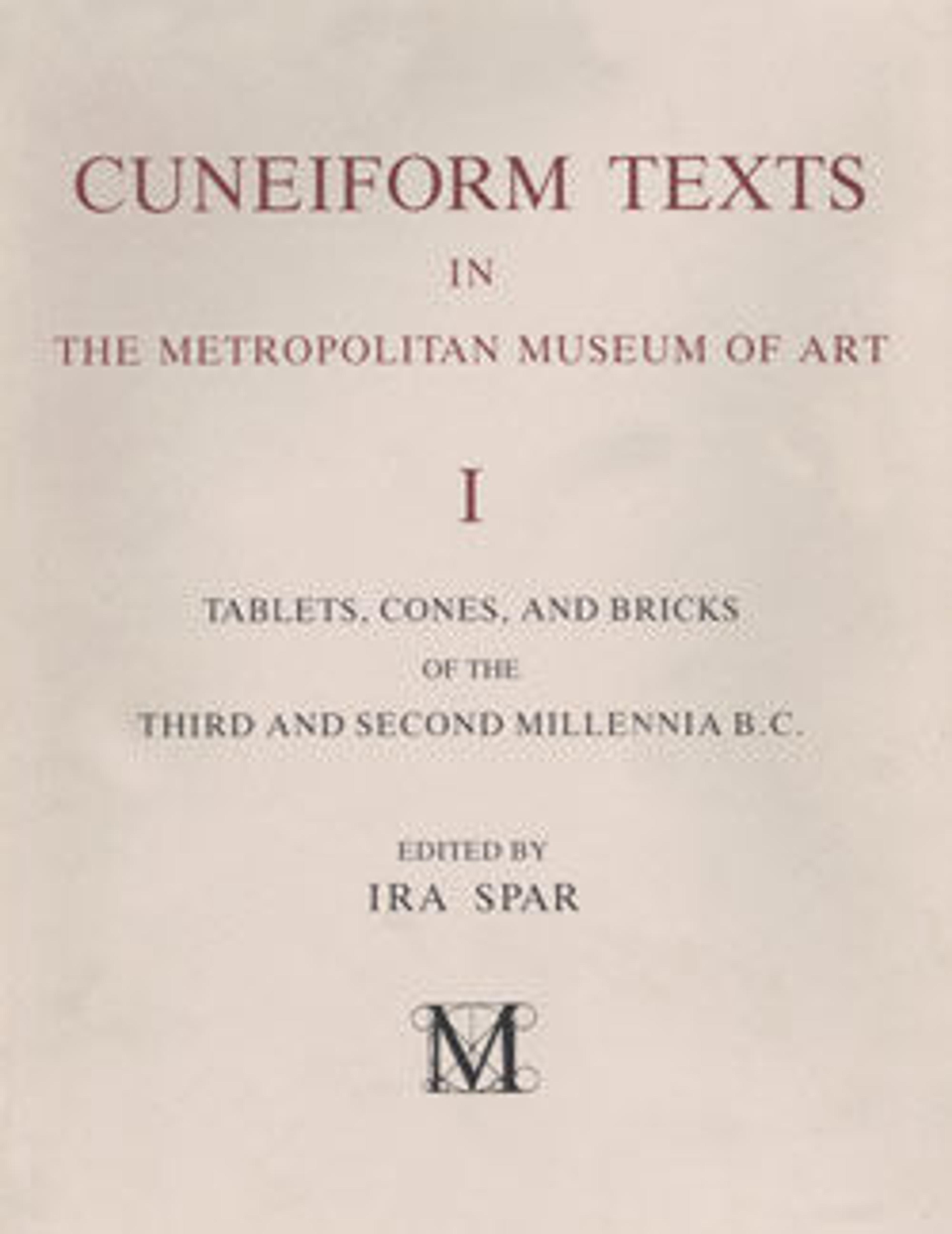Inscribed brick: dedicatory inscription of Adad-shuma-usur
Maintenance of temples and their cults was a primary responsibility of ancient Near Eastern rulers, requiring the investment of significant resources. Among the most important religious complexes was the Ekur of Nippur, the residence of the chief god Enlil. Rulers, beginning at least in the mid third millennium B.C. and continuing through the first millennium B.C., left behind bricks stamped with their inscriptions as records of their building works. Buried within the foundations of a building, stamped bricks preserved the memory of a ruler for a future builder to discover.
This partially broken brick was stamped with the inscription of Adad-shuma-usur, a ruler of the Kassite period. Typical for the rulers of this period, the inscription is written in the long-dead Sumerian language and uses archaizing cuneiform signs. It reads:
For Enlil,
the king of all the lands,
his king –
Adad-shuma-usur
the obedient shepherd,
the provider of Nippur
the one who constantly cares for the Ekur
[has built the Ekur, his beloved temple, out of kiln-fired brick]
Kassite rulers seem to have taken a particular interest in the god Enlil: in addition to rebuilding the temple and the enclosure walls of the Ekur at Nippur, a temple to this god was included in the religious complex constructed at the new Kassite city Dur-Kurigalzu.
This partially broken brick was stamped with the inscription of Adad-shuma-usur, a ruler of the Kassite period. Typical for the rulers of this period, the inscription is written in the long-dead Sumerian language and uses archaizing cuneiform signs. It reads:
For Enlil,
the king of all the lands,
his king –
Adad-shuma-usur
the obedient shepherd,
the provider of Nippur
the one who constantly cares for the Ekur
[has built the Ekur, his beloved temple, out of kiln-fired brick]
Kassite rulers seem to have taken a particular interest in the god Enlil: in addition to rebuilding the temple and the enclosure walls of the Ekur at Nippur, a temple to this god was included in the religious complex constructed at the new Kassite city Dur-Kurigalzu.
Artwork Details
- Title:Inscribed brick: dedicatory inscription of Adad-shuma-usur
- Period:Kassite
- Date:ca. 1216–1187 BCE
- Geography:Mesopotamia, Nippur
- Culture:Kassite
- Medium:Ceramic
- Dimensions:Brick: 13.4 × 10.9 × 7 cm (5 1/4 × 4 5/16 × 2 3/4 in.)
Inscription: 10.6 × 8.6 cm (4 3/16 × 3 3/8 in.) - Credit Line:Rogers Fund, 1959
- Object Number:59.41.82
- Curatorial Department: Ancient West Asian Art
More Artwork
Research Resources
The Met provides unparalleled resources for research and welcomes an international community of students and scholars. The Met's Open Access API is where creators and researchers can connect to the The Met collection. Open Access data and public domain images are available for unrestricted commercial and noncommercial use without permission or fee.
To request images under copyright and other restrictions, please use this Image Request form.
Feedback
We continue to research and examine historical and cultural context for objects in The Met collection. If you have comments or questions about this object record, please contact us using the form below. The Museum looks forward to receiving your comments.
